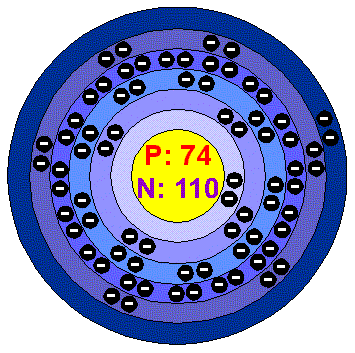THE GREAT MULLARD MAGIC BLOG

VALVE TYPES & MANUFACTURING TECHNIQUES (v) - TH...
In the preceding two blog entries, I have discussed how tungsten wire was produced by Mullard's - incidentally, exactly the same process was used to make molybdenum wire too. ...
VALVE TYPES & MANUFACTURING TECHNIQUES (v) - TH...
In the preceding two blog entries, I have discussed how tungsten wire was produced by Mullard's - incidentally, exactly the same process was used to make molybdenum wire too. ...

VALVE TYPES & MANUFACTURING TECHNIQUES (iv) - T...
OK, for today's blog entry I promise that I am not going to act like a Chemist wonk (even though I am one!) but rather instead, a thermionic wonk (...
VALVE TYPES & MANUFACTURING TECHNIQUES (iv) - T...
OK, for today's blog entry I promise that I am not going to act like a Chemist wonk (even though I am one!) but rather instead, a thermionic wonk (...

VALVE TYPES & MANUFACTURING TECHNIQUES (iii) - ...
We've seen so far in my blog series on valve types and manufacturing techniques that fine wire is an important material used in the valve making process. To recap, tungsten...
VALVE TYPES & MANUFACTURING TECHNIQUES (iii) - ...
We've seen so far in my blog series on valve types and manufacturing techniques that fine wire is an important material used in the valve making process. To recap, tungsten...
